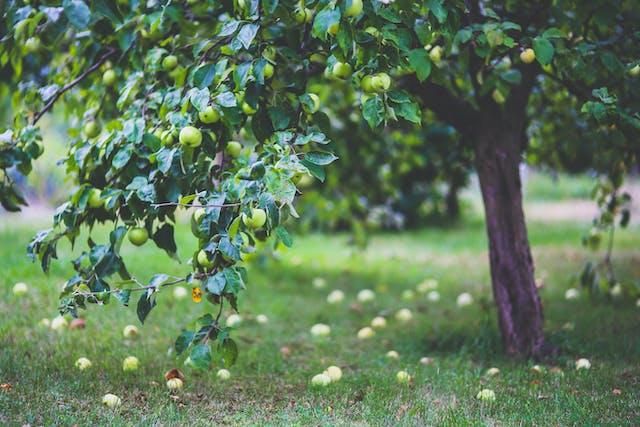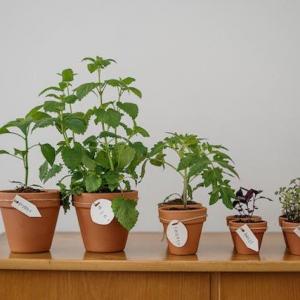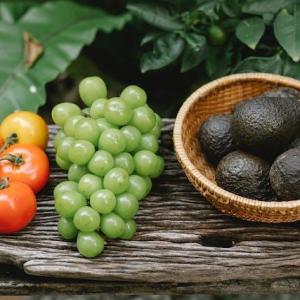
Assessing Your Space and Climate
Consider your backyard area and local climate before venturing into the world of fruit trees. Understanding your climate zone, the quality of the soil, and the amount of sunlight available is essential because different fruits require different environments to thrive. Think about things like average temperatures, the number of chill hours (hours below a specific temperature) in your area, and frost dates. Your decisions will be guided by this knowledge, which lays the groundwork for a successful orchard.Choosing the Right Fruit Trees
A careful balance between aesthetic preferences and pragmatic considerations must be struck when choosing fruit trees. Take into account these elements:- Climate Compatibility: Select fruit trees that will thrive in your particular climate. For example, apple and cherry trees grow well in colder climates, but citrus trees do better in warmer climates.
- Space Requirements: The amount of space needed for different fruit trees varies. Standard trees require greater space for their branches to spread, whereas dwarf or semi-dwarf varieties are perfect for smaller settings.
- Pollination Needs: Cross-pollination is necessary for the best fruit production on some fruit trees, such as cherry and apple trees. If possible, choose self-pollinating cultivars or make sure you have enough room for at least two compatible trees.
- Disease Resistance: To reduce the risk of pests and diseases, choose varieties that are resistant to diseases. This is particularly crucial for organic orchards, where there may be less opportunity for chemical interventions.
Planning Orchard Layout
Once you've chosen your fruit trees, plan the layout of your orchard. Keep in mind the following tips for an efficient and aesthetically pleasing design:- Spacing: Observe the recommended distance between each kind of fruit tree. Enough sunlight, ventilation, and space for growth are guaranteed by proper spacing.
- Companion Planting: Incorporate helpful companion plants for your fruit trees. Soil fertility can be increased, for instance, by planting cover crops that fix nitrogen.
- Orientation: Take into account your orchard's orientation to get the most sunlight exposure possible. Generally speaking, rows that face north to south are advised to optimize daytime solar exposure.
Planting Techniques
Proper planting is the foundation for a healthy and productive orchard. Follow these guidelines to ensure your fruit trees get off to a strong start:- Timing: Fruit trees should be planted in their dormant season, which is usually late fall or early spring. As a result, they can start establishing roots before the growing season starts.
- Soil Preparation: Take your time tilling the ground. To determine the pH and nutrient content of the soil, conduct a test. As necessary, amend the soil to establish a rich and well-draining environment.
- Digging Holes: To ensure that the tree's roots are not crowded or bent, dig planting holes that are both wide and deep enough. The dirt around the hole's sides and bottom should be loosened.
- Root Placement: Place the tree's roots in the hole with caution. Before planting trees grown in containers, carefully loosen their roots. Make sure you plant the tree at the same depth as you did in the nursery.
- Backfilling and Watering: To eliminate any air pockets, carefully backfill the hole with soil and tamp it down. Once the tree is planted, give it lots of water to help the soil settle and the roots get hydrated.
Mulching and Irrigation
Essential components of orchard care that enhance the general well-being and yield of your fruit trees include mulching and appropriate irrigation:- Mulching: Every tree's base should have a layer of organic mulch applied. Mulch aids in soil temperature regulation, moisture retention, and weed suppression. Refrain from mulching too close to the trunk to avoid rot.
- Drip Irrigation: If you want to deliver water efficiently, think about putting in a drip irrigation system. By focusing on the root zone, drip irrigation minimizes the chance of foliar diseases and wastes less water.
Pest and Disease Management: Natural Solutions for a Healthy Orchard
Proactive management of pests and diseases is necessary to keep an orchard healthy. To reduce your impact on the environment, use natural and organic solutions:- Beneficial Insects: Encourage the presence of beneficial insects, such as ladybugs and predatory wasps, to control pest populations naturally.
- Companion Planting: Include companion plants that keep pests away. For instance, growing marigolds can aid in nematode resistance.
- Neem Oil: For the organic control of common pests, neem oil works wonders. In addition to acting as a fungicide, it disturbs the life cycle of insects.
Article
Be the first comment
Elite Article














